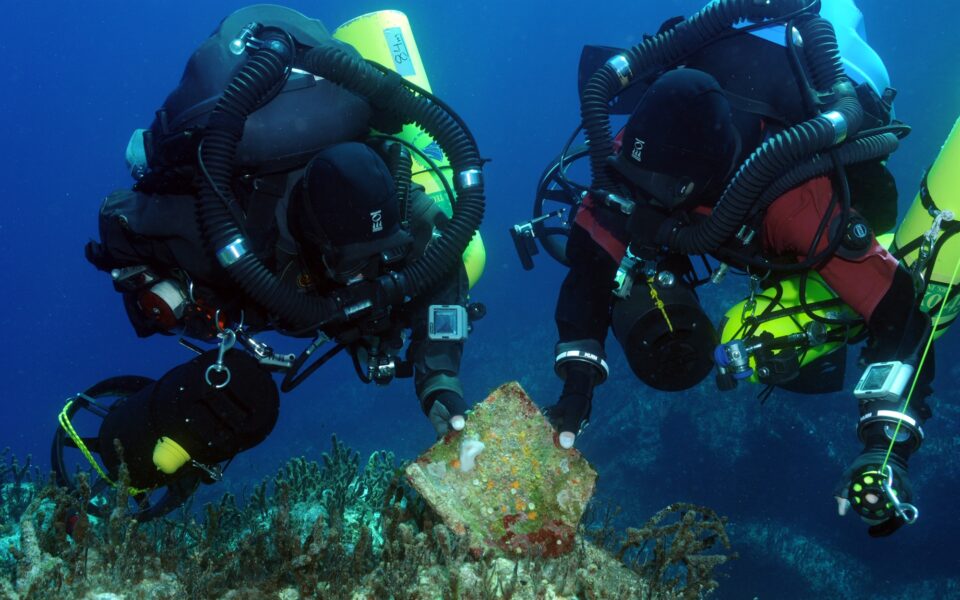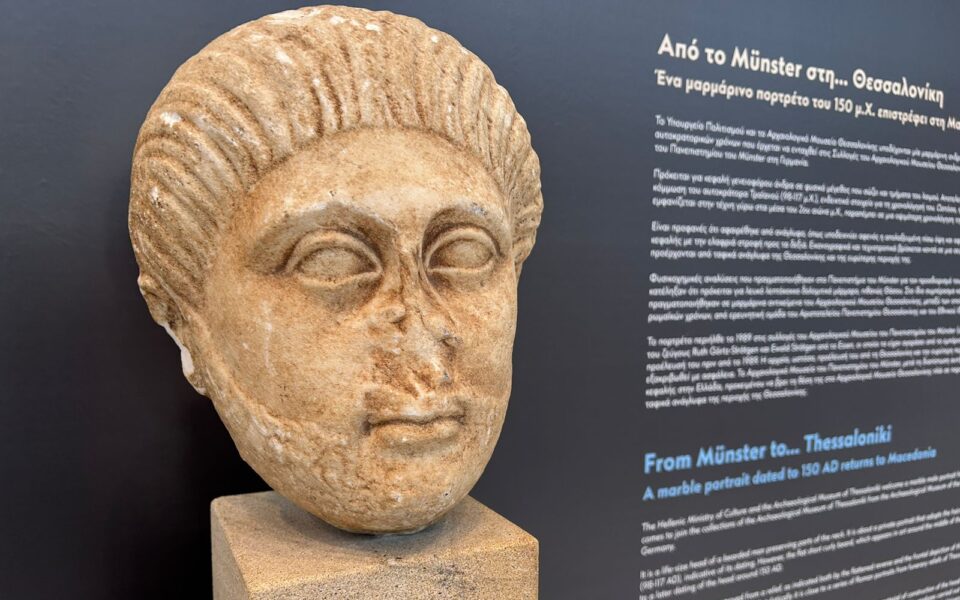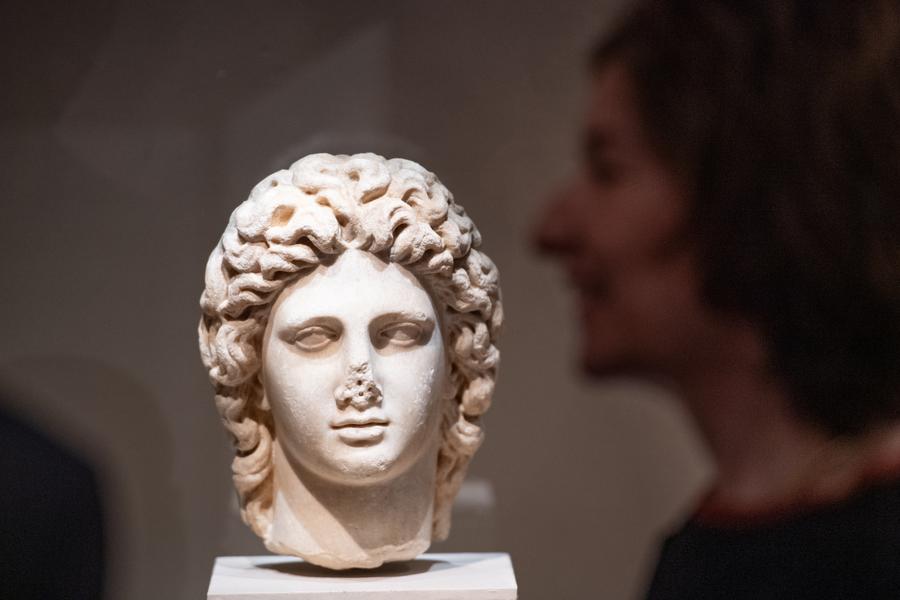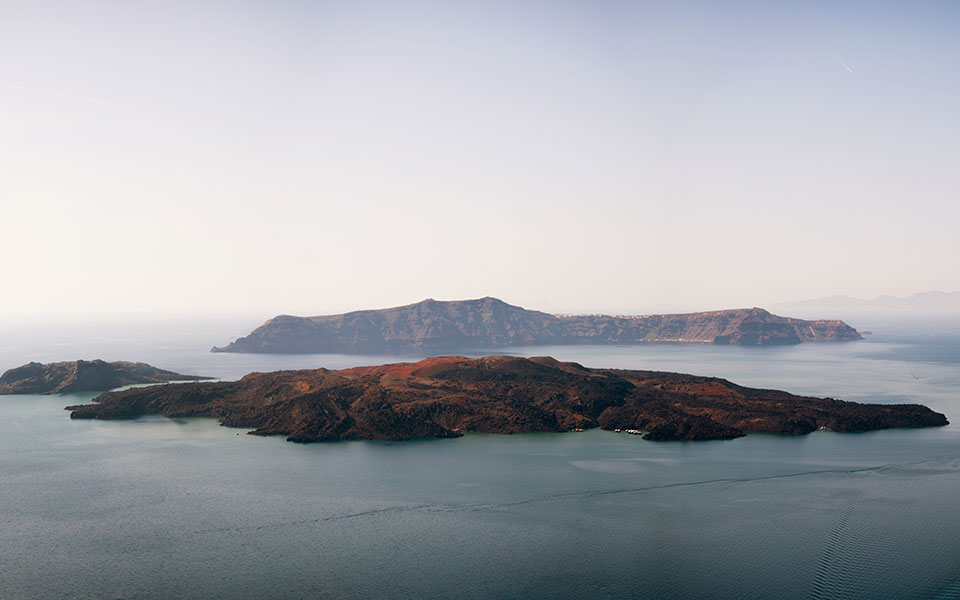Preserving a centuries-old fishing heritage in Aitoloakarnania
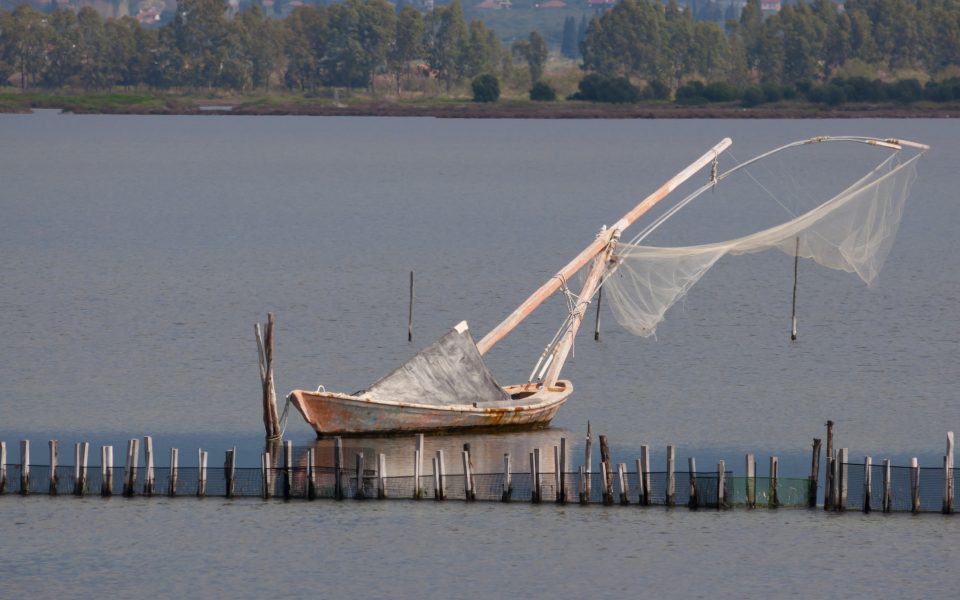

Formed by the double delta of two rivers, the Acheloos and the Evinos, the Mesolongi-Aitoliko lagoons complex in the northern part of the Gulf of Patra is one of the largest and most biodiverse lagoon systems in the Mediterranean.
Protected by the Ramsar Convention on Wetlands, and included in the Natura 2000 network, the Mesolongi-Aitoliko Lagoon National Park is rich in flora and fauna, including 290 species of birds and more than 100 species of fish. Covering an area of 150 square kilometers, the lagoons are also home to centuries-old fishing practices that use fish traps – called “divari” – to create natural fish farms, as well as longlines, harpoons and square nets (“stafnokari”).
The lifeways and traditional practices of the local fisherman have long been an integral part of the region’s dynamic landscape, stretching back to the Middle Ages. During the Greek Revolution, fishing in the lagoons enabled the city of Mesolongi to endure three long sieges in 1822, 1823 and 1825.
Today, more than 700 commercial fishermen remain active in the lagoons, organized into 10 cooperatives. These fishermen, whose traditional know-how has been passed down from generation to generation, continue to play an important part of the local economy. They also function as environmental custodians, safeguarding the biodiversity of the area and ensuring the sustainable management of the lagoons’ natural resources.
In a recent announcement by the Greek Ministry of Culture, the traditional fishing heritage of the lagoons has been officially registered on the National Inventory of Intangible Cultural Heritage of Greece.
The initiative was spearheaded by the Management Committee of the Mesolongi-Aitoliko Lagoon National Park in collaboration with the Mediterranean Institute for Nature and Anthropos (MedINA).
Representatives of the fishing community participated in a day of information and awareness for the local community.
In a statement, Minister of Culture Lina Mendoni said, “The traditional fishing of the Mesolongi-Aitoliko Lagoon National Park is a traditional practice connected with the creativity of the inhabitants of the area and the sustainable management of natural resources. It is the traditional know-how, which we must record and preserve.”
Important aspects of this centuries-old heritage will now be carefully preserved, including knowledge of “vallicultura” (lagoon aquaculture), boatbuilding, and the construction of specialized tools and equipment, connecting local knowledge with long-term solutions for sustainable development.
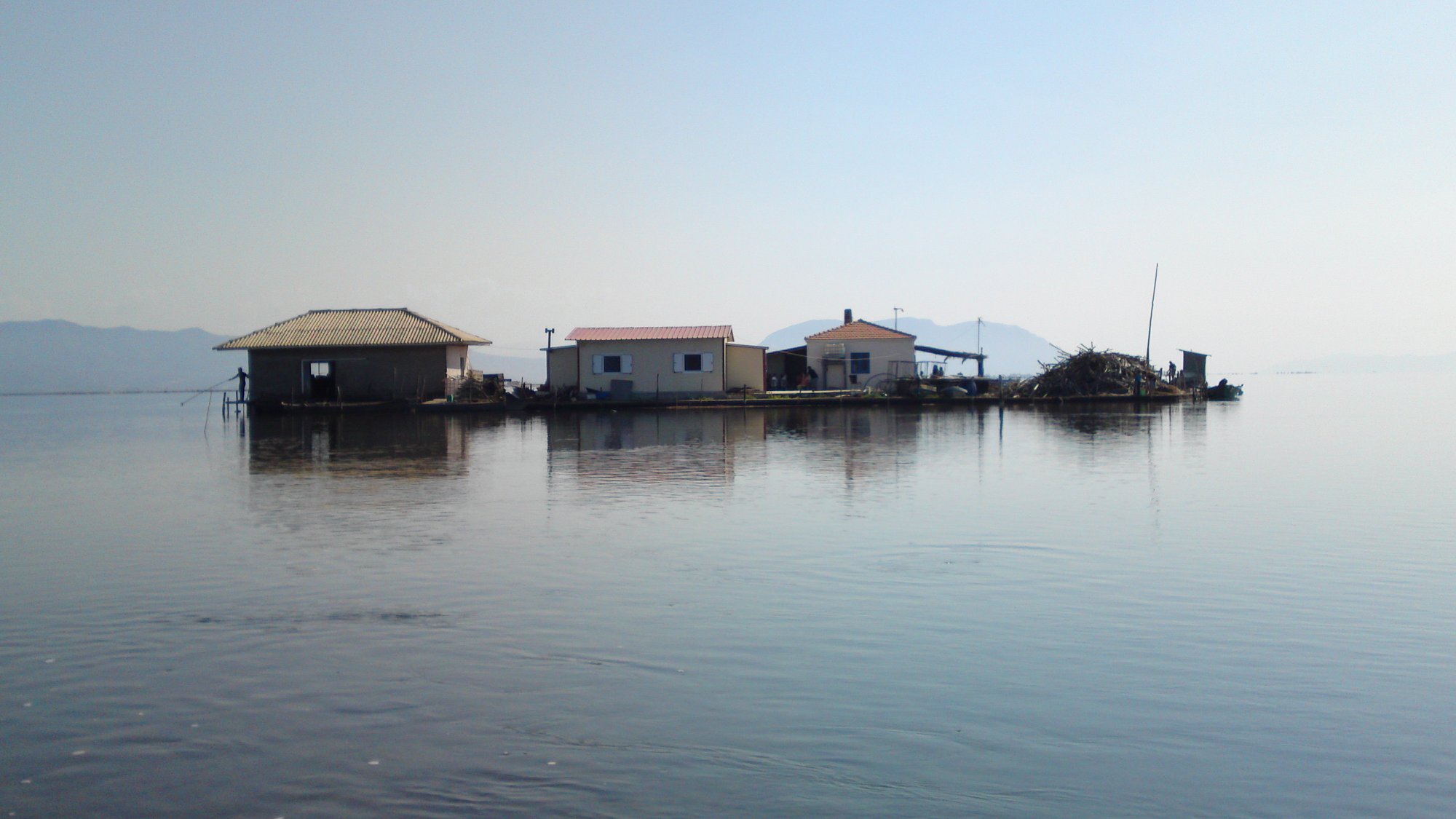

‘Greek caviar’
A traditional delicacy made from fish caught in the lagoons is “avgotaracho Mesolongiou,” a salty, cured fish roe similar to the famed Italian bottarga. Extracted from the flathead mullet (Mugil cephalus), the ovaries are removed from the fish, washed and salted, and dried under the sun. It is then sealed in melted beeswax.
Avgotaracho Mesolongiou is registered as having a Greek and European protected designation of origin (PDO) – one of only a small number of seafood products with a PDO in the EU – and is of significant commercial value to the local economy.
This article first appeared in Greece Is (www.greece-is.com), a Kathimerini publishing initiative.
Source: ekathimerini.com

